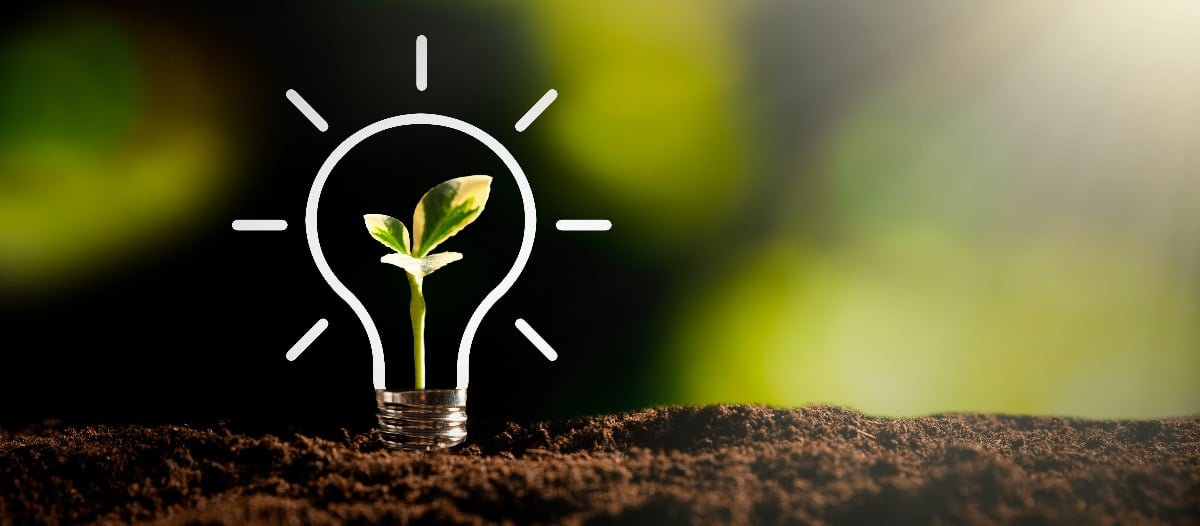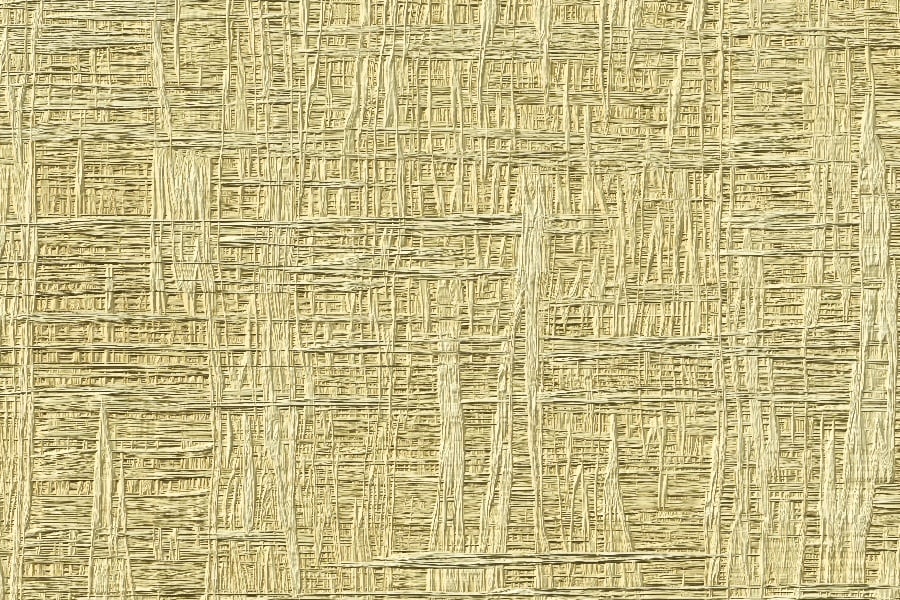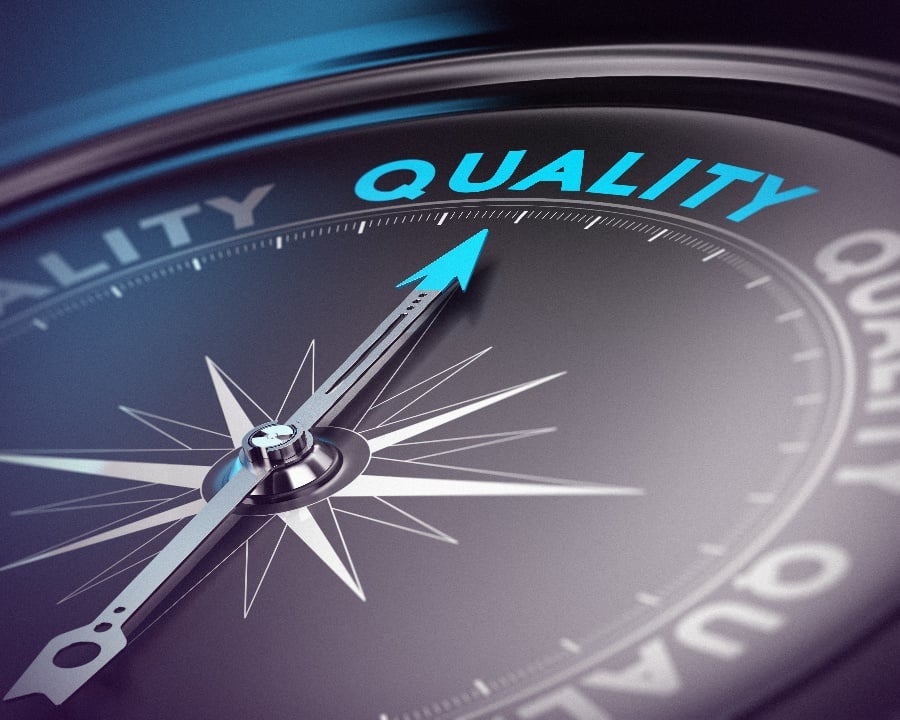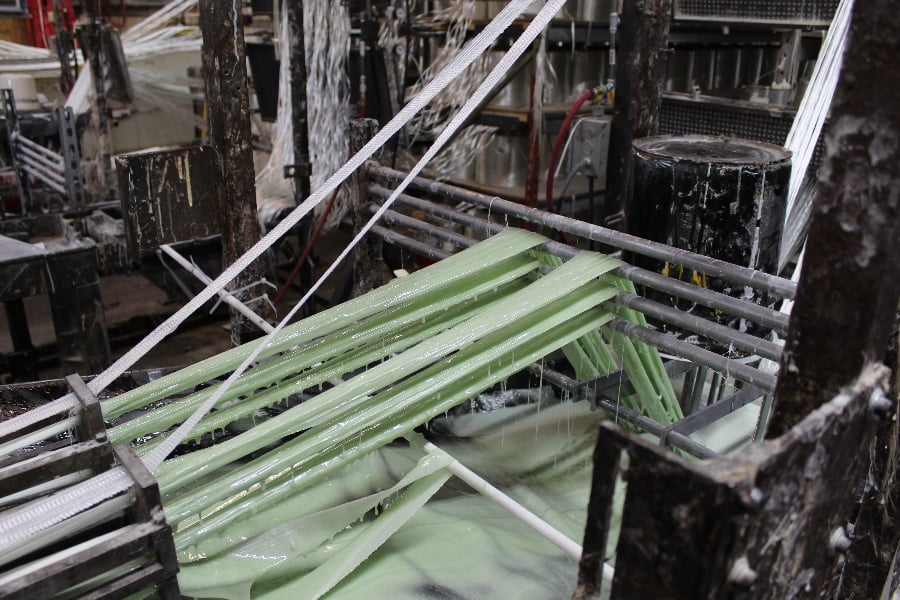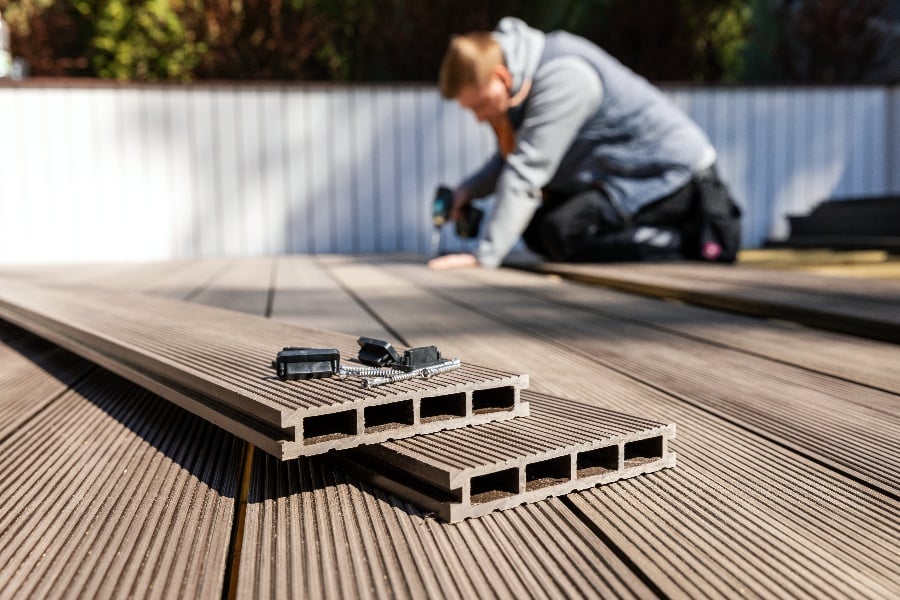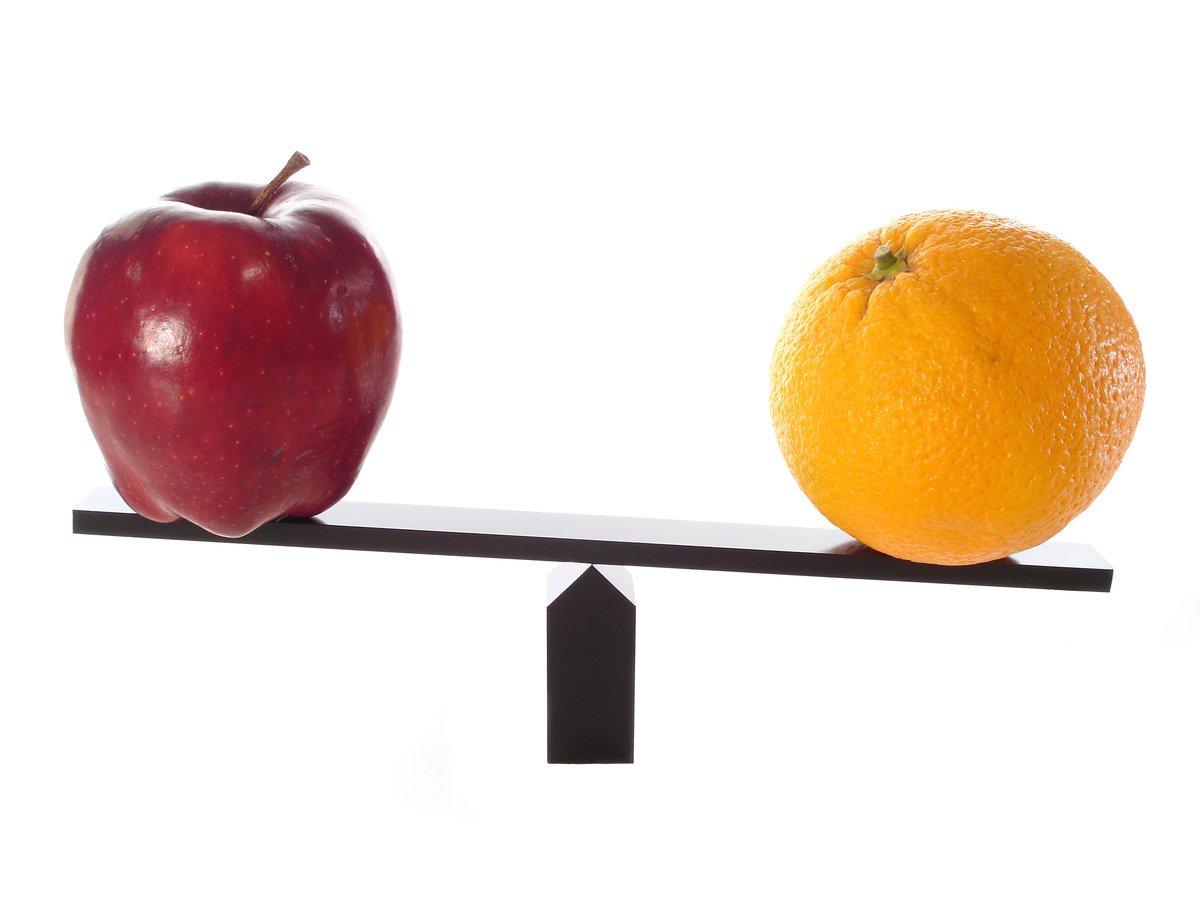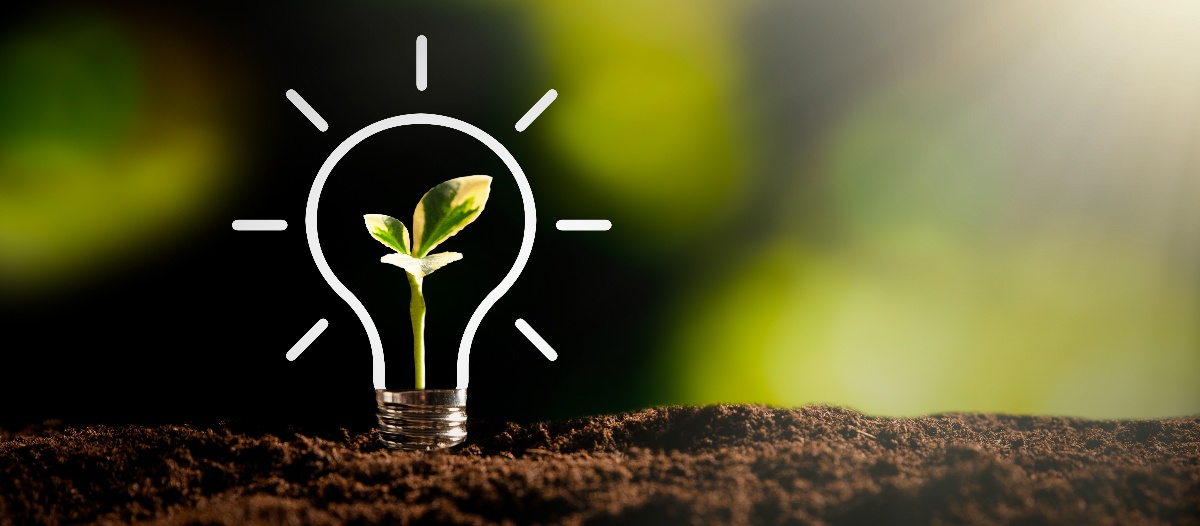
The current discussion about climate and pollution has once again brought to the fore the need for the world to change especially in the use of traditional products in manufacturing.
Plastic pollution and climate change are increasing concerns for more and more businesses as they take steps towards doing their part to reduce their carbon footprint.
We take a look at the top reasons why pultrusion can be an eco-option for product manufacturers and how innovation in the manufacture of composite products can help them move toward green energy systems.
Lower the Heat
The pultrusion process requires far less heat input in comparison to manufacturing aluminum and steel products. This reduction in the amount of heat used is cost-efficient and also significantly reduces the amount of water that’s needed for cooling. In this way, the pultrusion technique uses less energy than other processes.
For example, the automotive industry is already taking big strides to adapt to the use of pultruded profiles and implementing the replacement of conventionally used aluminum and steel with parts made of composite. This results in a vehicle that weighs far less, has fewer emissions and lower fuel usage.
Other sectors making use of pultruded products include:
- Building, construction and infrastructure
- Utilities and distribution
- Sports and recreation products
- Telecommunications applications
For example, in residential home buildings, windows have a large impact in cooling and heating costs. A study on Energy Conservation for Environmental Protection finds that “windows lose more heat per square foot of area in winter and gain more heat in summer than any other surface in the home”.
In general, windows occupy up to 20% of the surface area of walls. About a third of the building’s heat escapes through its windows, which means that heating costs can go up drastically. As much of the energy and cost of heating a building at a set temperature goes to waste.
Just as critical as windows are window reinforcements. In this instance, Tencom helped a company that needed manufactured fiberglass reinforcement to structurally strengthen their vinyl windows.
This was necessary in order to meet the stringent standards of various cities. Performing all work at its modern facility, Tencom utilized its proprietary pultrusion process and equipment.
Tight tolerance of ±0.005" was held throughout the fabrication process. The finished profile was 5" to 15' in length, with a thickness range of 0.060" to 0.250". This material can withstand temperatures from -50°F to 300°F.
For its part, the American Composites Manufacturers Association (ACMA) leads a Green Composites Council that is currently spearheading 12 Composite Growth Initiatives (CGIs). Because of this, bio-based resins have been getting quite a bit of publicity, but the concept is still very new. In a sense, FRP composite engineers are now charting unexplored territory in the realm of resins, and the ACMA aims to help. The council also encourages product transparency so that people know what materials have been used to create these resins and FRP composite products.
This program is known as the Leadership in Engineering and Environmental Design (LEED). With more designers and architects using FRP composites in their buildings, we have seen the demand for lightweight, durable FRP composites grow.
Energy Efficiency
For businesses that are tying eco-friendly initiatives into their organization, pultrusion can be the perfect solution to minimize energy bills and be a boon to sustainability.
There’s less energy used to create FRP profiles, in comparison to creating similar reinforcements made from steel or aluminum. Additionally, fiber-reinforced plastics are thermally efficient, which helps to lower energy usage.
Reduces Waste
Manufacturing steel and aluminum products often can create a vast amount of waste. Pultrusion produces less waste at both the start and the end of the process. The amount of resin used during the resin bath is significantly reduced when utilizing pultrusion to create Fiber Reinforced Polymer (FRP) profiles.
Additionally, there's a recent technique that has been added to the mix called the clean pultrusion method which can reduce the volume of solvent used to clean the resin impregnation equipment.
Clean pultrusion refers to a method of pultrusion that uses pre-impregnated tapes. This environmentally friendly version of pultrusion can drastically reduce the environmental burden of the manufacturing process.
The other benefits associated with clean pultrusion include the time required to clean resin impregnation equipment, the amount of solvent used for cleaning after each scheduled production and a reduced amount of chemical exposure to the workforce.
Reduce, Recycle, and Reform
In comparison to conventional methods of creating reinforcements from steel and aluminum, the pultrusion process produces fewer pollutants, toxins, carbon dioxide and fumes.
Logistics
Transporting steel and aluminum can require an extensive amount of preparation and resources. For companies that are looking to cut costs and reduce wastage, where they can, using FRP profiles, can lower the total cost of the project.
In any case, fiber-reinforced plastics weigh significantly less than steel, resulting in significantly less energy consumed to transport.
Sustainable
When comparing fiber-reinforced plastics to other industrial materials such as steel and concrete, FRP profiles are resistant to corrosion, severe weather conditions and extreme temperatures.
Fiber-reinforced plastics have a life cycle of 75 to 150 years, making them an eco-friendly option because they have to be replaced far less than other supporting materials.
The Takeaway
There’s no doubt that the pultrusion process to produce FRP profiles is an eco-friendly solution for manufacturers to create profiles.
In comparison to other industrial materials such as steel and concrete, fiber-reinforced plastic can help companies take steps toward saving the planet one project at a time.
Many businesses, as it were, are beginning to incorporate a green initiative into their organization and vision. Pultrusion can help manufacturers bring their vision of a greener, environmentally-friendly planet to life.
So, if there’s a project where you would like to consider the use of FRP profiles, talk to our pultrusion specialists here at Tencom. We have over 50 years of expertise and experience to offer and can create custom FRP composite products for your projects. To learn more about our pultruded products or to get a quote, get in touch with us today.

